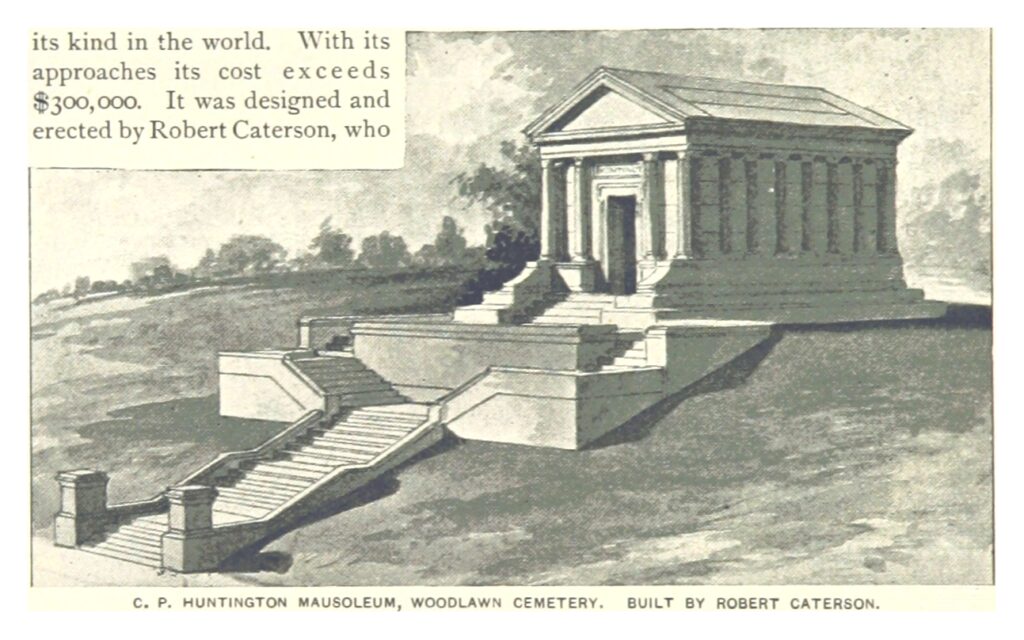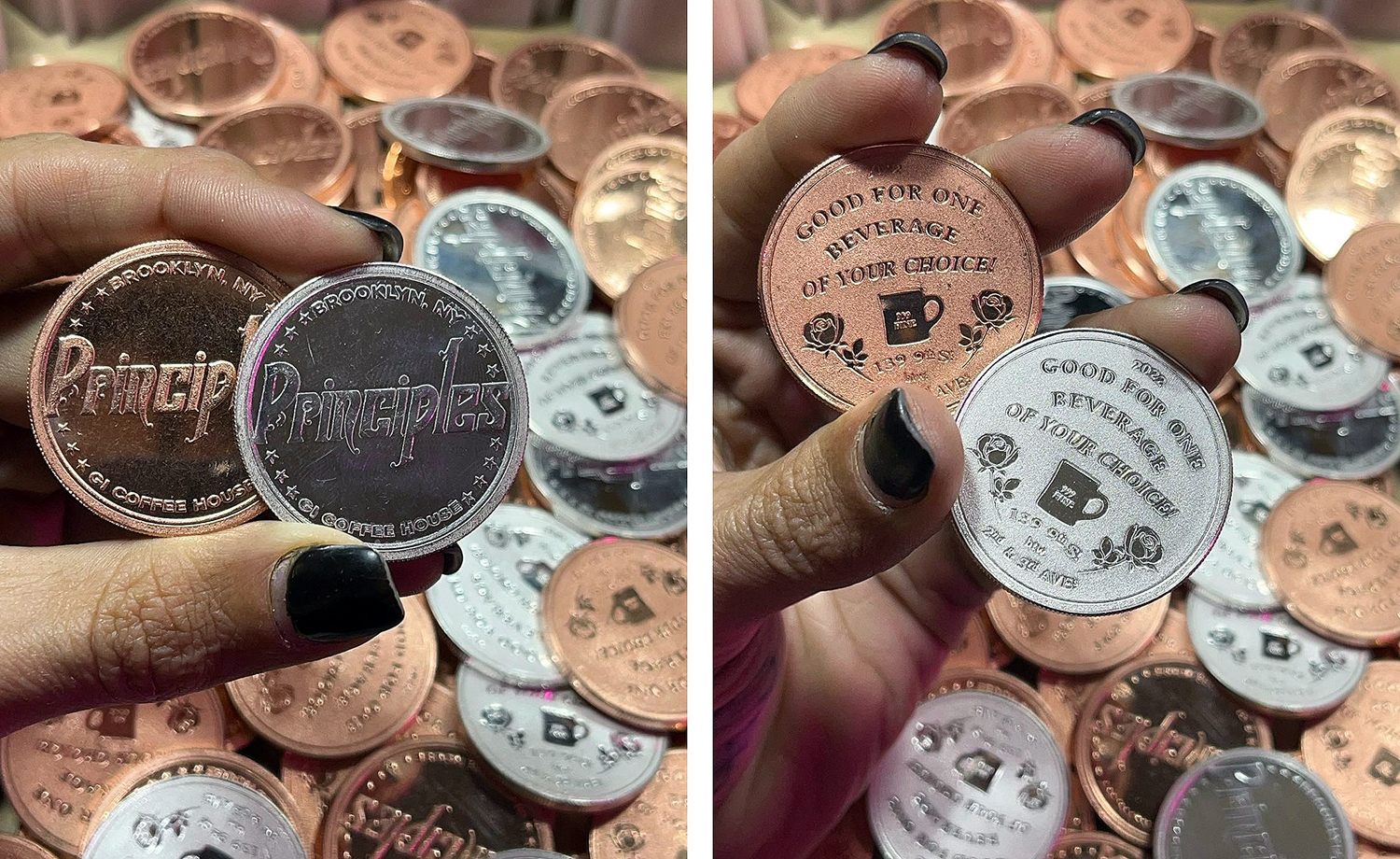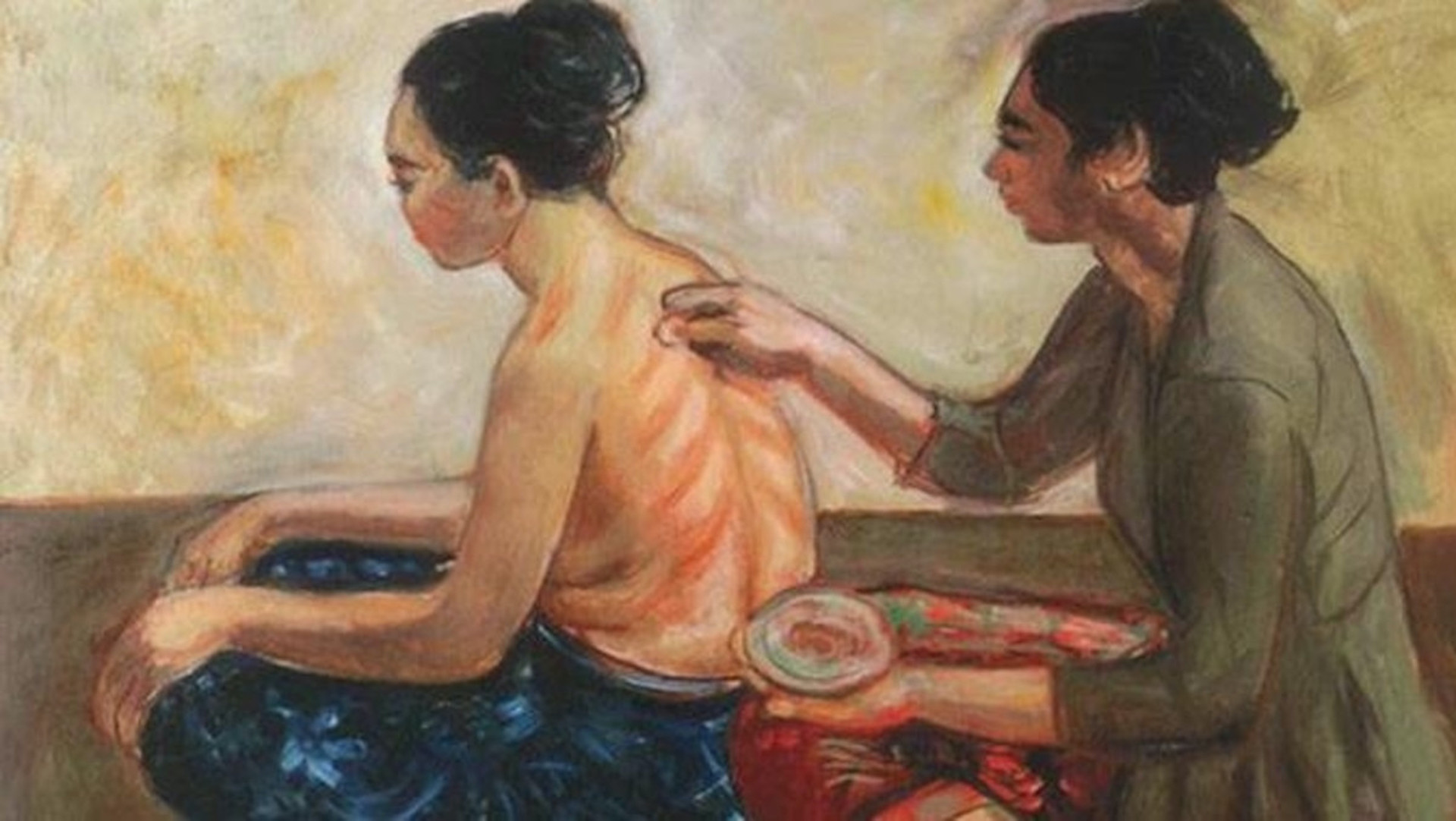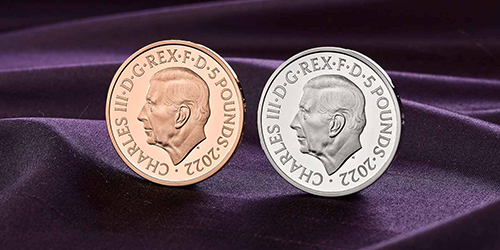The Huntingtons at Woodlawn

Archer Huntington (1870–1955), ANS benefactor and president, is interred at New York City’s Woodlawn Cemetery in the northern Bronx. Woodlawn opened in 1863, a product of the rural cemetery movement, when overcrowding and health concerns led to the creation of numerous sprawling and non-sectarian burial grounds situated outside of urban centers. Where the old churchyards of the city might be cramped and foul smelling, these would be landscaped oases, places for visitors to stroll peacefully among monuments and mausoleums arranged on meandering pathways and ponds. Intended as destinations in themselves, they had much in common with the other landscaped retreats set aside for public use in cities during this period, like New York City’s Central Park, parts of which opened in the 1850s.
These were also places where the wealthy might buy themselves a piece of immortality—for their names at least. In life, F. W. Woolworth, the dime-store tycoon, built the tallest building in the world. Here he reposes for eternity near the cemetery’s main entrance, in an Egyptian crypt guarded by two stone sphinxes.
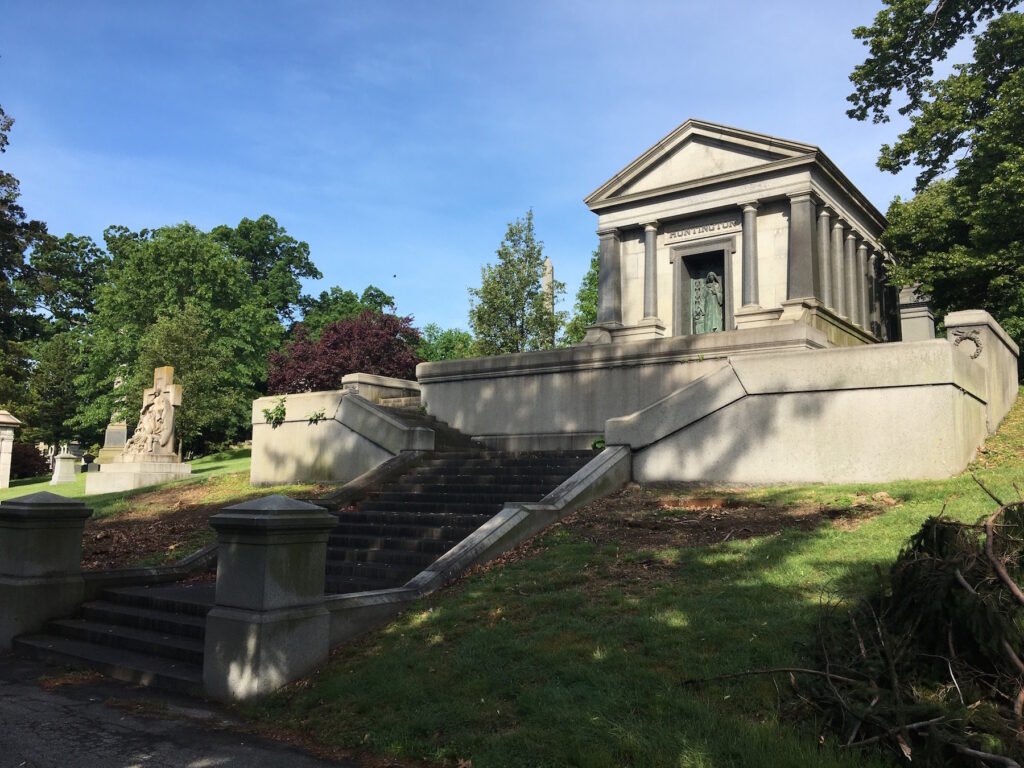
Railroad magnate Collis Huntington (1821–1900), who married Archer’s mother Arabella (1850–1924) in 1884, chose a site on the other side of the cemetery for his family tomb, which, “in size and cost will be one of the most notable structures of its kind in the world,” predicted King’s Handbook of New York City (1893), estimating its price to exceed $300,000. Collis was laid to rest there in 1900. Arabella, who passed her passion for art collecting on to her only son, lived over two decades more, dying in 1924.

There is a monument honoring Arabella at the Woodlawn site, placed there in 1951. It was done by Archer’s wife, Anna Hyatt (1876–1973), a successful sculptor long before she met Archer in 1921 (they were married in 1923). Her majestic Joan of Arc (1915) on Manhattan’s Upper West Side is one of her better-known earlier works. Her sculpture at Woodlawn is a cenotaph, a monument erected to honor someone whose remains are placed elsewhere. (Arabella is interred in California at the Huntington Library and Botanical Gardens Mausoleum.) It depicts an aged woman bestowing a bounty of symbolic gifts—books, a lamp with flame, a dial indicating time—upon a young man and woman.

Other notable artistic features at the mausoleum include a bronze door by Herbert Adams, added in 1932, and, inside, a bas-relief of Collis Huntington (1911) by Bela Lyon Pratt.
According to Anna, Archer valued his work as a poet as much as anything else, and his words to his mother can be found on the sculpture:
Madre
Alas, we know your deeds; Your words make warm
The memory of our loss! So, in the night,
We, dreaming, find the dark in starlight’s spell,
And know that from your eyes that starlight fell!
Along with Collis, Archer, and Anna, Elizabeth Stoddard Huntington (1823–1883), Collis’s first wife, is also interred in the Huntington mausoleum.


